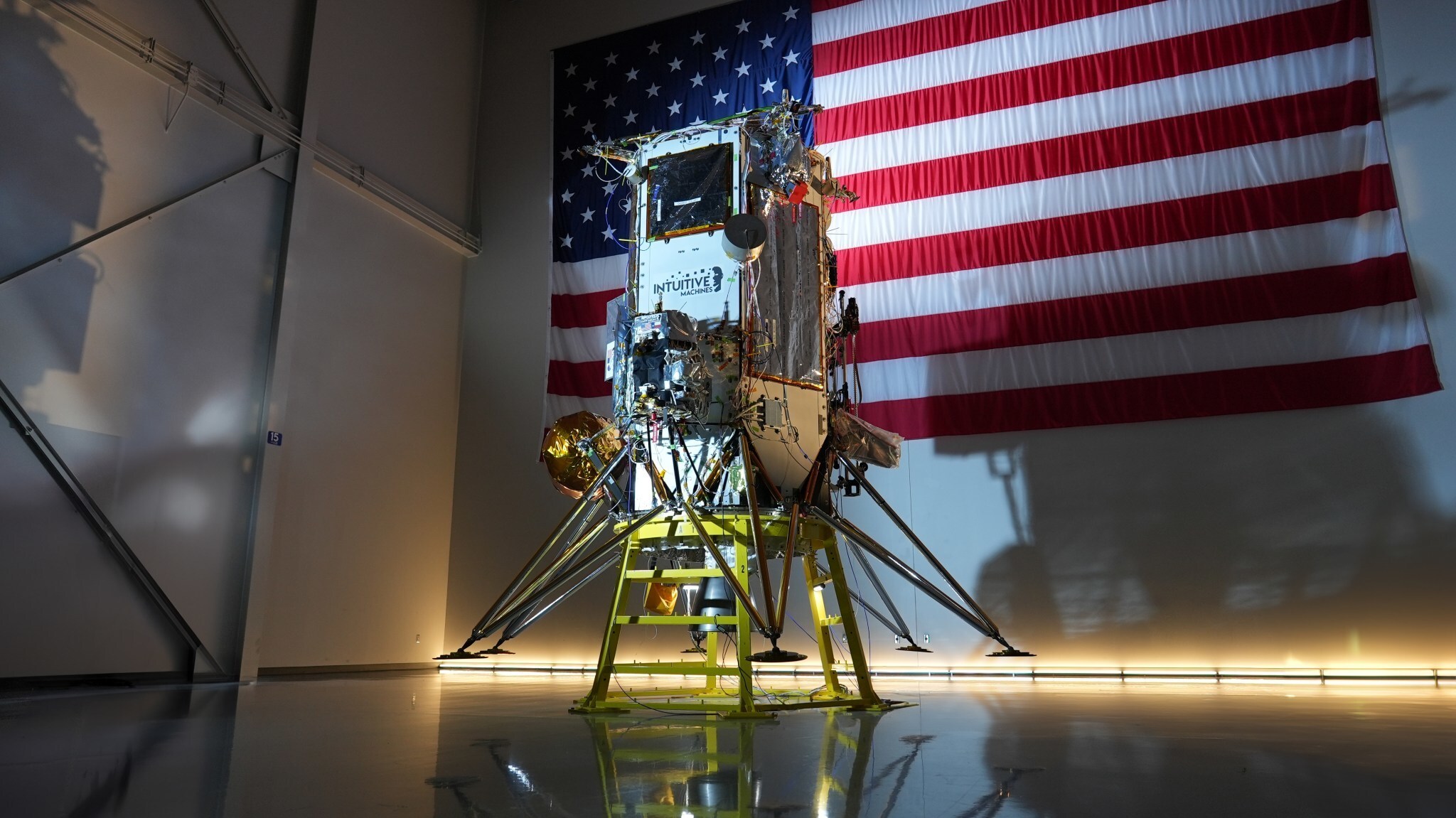More Post from the Author
- FeatherSnap Heads to CES 2026, Showcasing AI-Powered, Smart Technology That Connects Nature and Innovation
- Denver's Washington Park Family Dental Launches New Website to Enhance Patient Experience
- SK Telecom Unveils A.X K1, Korea's First 500B-Scale Hyperscale AI Model
- CareOregon - Notice of Data Event
- AKEEYO stellt AKY-NV-X2 und AKY-730 Pro auf der CES 2026 in Las Vegas vor
NASA to Talk Science, Tech Aboard Next Intuitive Machines Moon Flight

WASHINGTON, Jan. 31, 2025 /PRNewswire/ -- NASA will host a media teleconference at 1 p.m. EST Friday,Feb. 7, to discuss the agency's science and technology flying aboard Intuitive Machines' second flight to the Moon. The mission is part of NASA's CLPS (Commercial Lunar Payload Services) initiative and Artemis campaign to establish a long-term lunar presence.
Audio of the call will stream on the agency's website at:
Briefing participants include:
- Nicky Fox, associate administrator, Science Mission Directorate, NASA Headquarters
- Niki Werkheiser, director, technology maturation, Space Technology Mission Directorate, NASA Headquarters
- Trent Martin, senior vice president, space systems, Intuitive Machines
To participate by telephone, media must RSVP no later than two hours before the briefing to: [emailprotected]. NASA's media accreditationpolicy is available online.
Intuitive Machines' lunarlander, Athena, will launchon a SpaceX Falcon 9 rocket from Launch Complex 39A at NASA's Kennedy Space Center in Florida. The four-day launch window opens no earlier than Wednesday, Feb. 26.
Among the items on Intuitive Machines' lander, the IM-2 mission will be one of the first on site, or in-situ, demonstrations of resource utilization on the Moon. A drill and mass spectrometerwill measure the potential presence of volatiles or gases from lunar soil in Mons Mouton, a lunar plateau near the Moon's South Pole. In addition, a passive Laser Retroreflector Array on the top deck of the lander will bounce laser light back at any orbiting or incoming spacecraft to give future spacecraft a permanent reference point on the lunar surface. Other technology instruments on this delivery will demonstrate a robust surface communications system and deploy a propulsive drone that can hop across the lunar surface.
Launching as a rideshare with the IM-2 delivery, NASA's Lunar Trailblazerspacecraft also will begin its journey to lunar orbit, where it will map the distribution of the different forms of water on the Moon.
Under the CLPS model, NASA is investing in commercial delivery services to the Moon to enable industry growth and support long-term lunar exploration. As a primary customer for CLPS deliveries, NASA is one of many customers for these flights.
For updates, follow on:
https://blogs.nasa.gov/artemis
SOURCE NASA

More Post from the Author
- FeatherSnap Heads to CES 2026, Showcasing AI-Powered, Smart Technology That Connects Nature and Innovation
- Denver's Washington Park Family Dental Launches New Website to Enhance Patient Experience
- SK Telecom Unveils A.X K1, Korea's First 500B-Scale Hyperscale AI Model
- CareOregon - Notice of Data Event
- AKEEYO stellt AKY-NV-X2 und AKY-730 Pro auf der CES 2026 in Las Vegas vor

